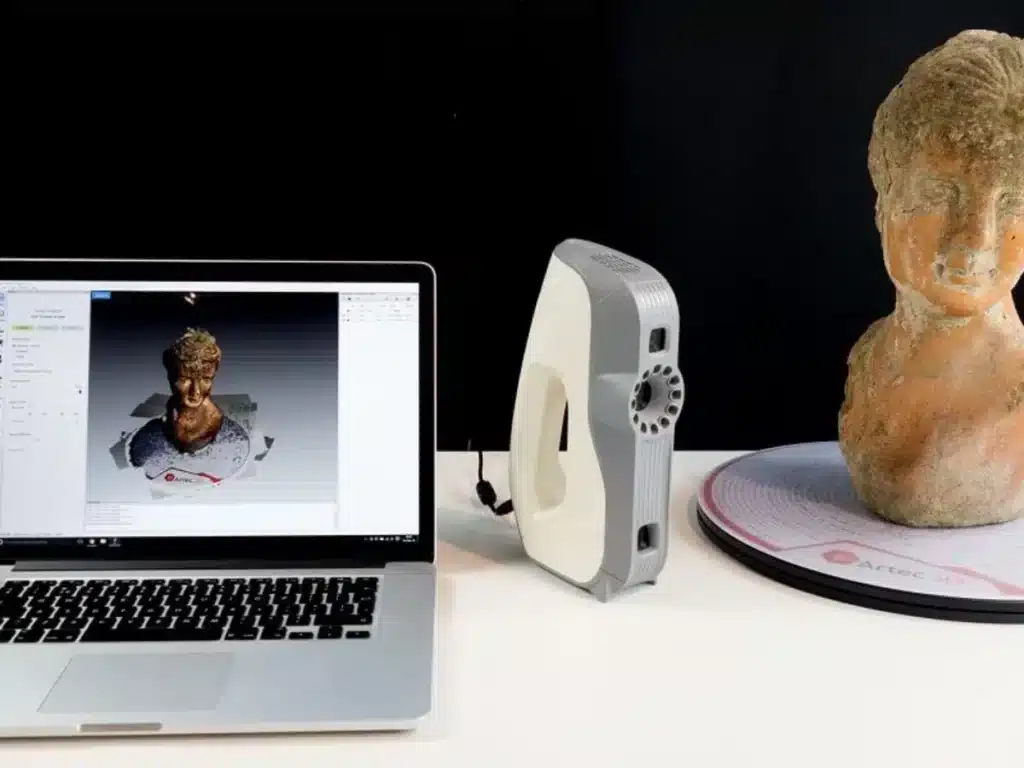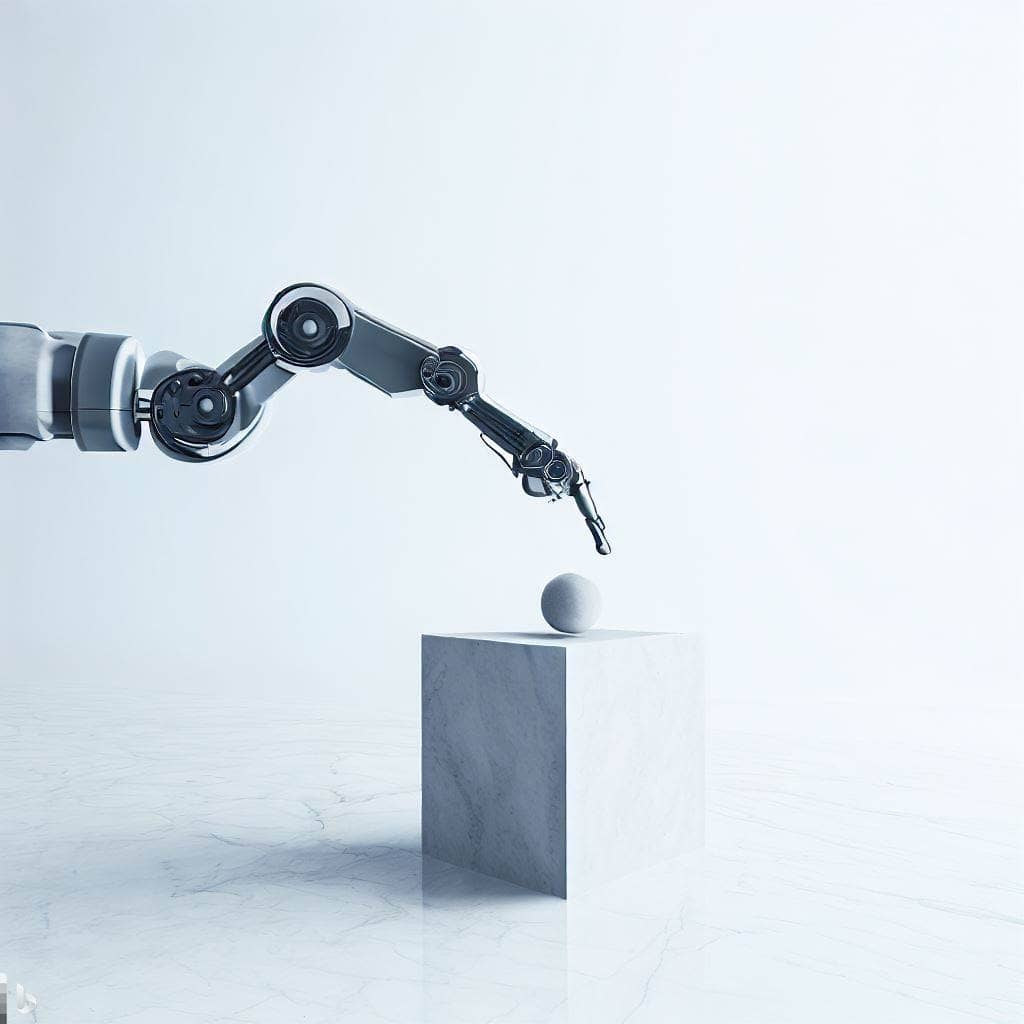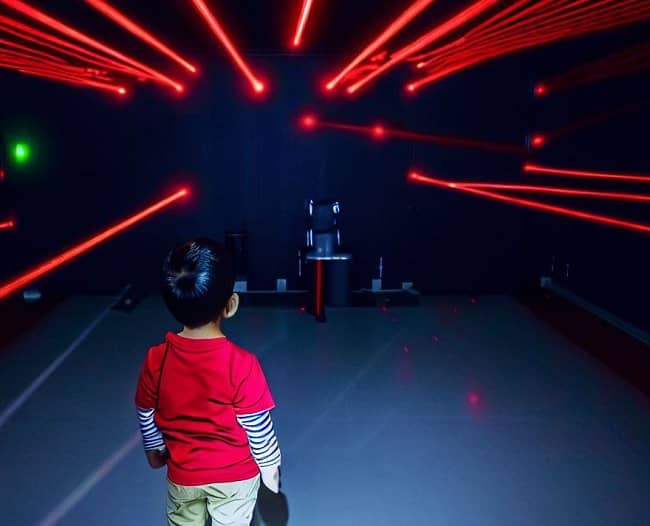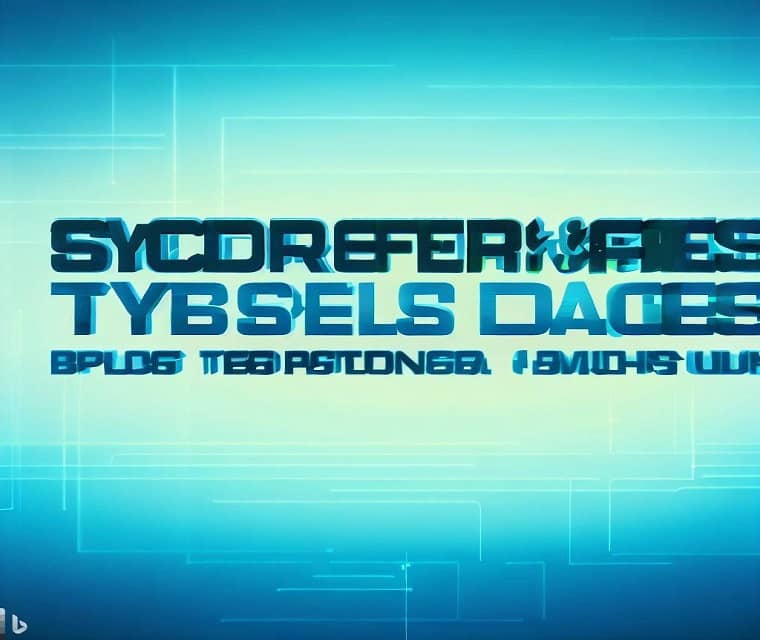Types of 3D Scanning: Technologies, Advantages, and Limitations

the key 3D scanning technologies: laser triangulation, photogrammetry, and contact. Each has its pros and cons. Laser triangulation is fast and accurate, but it can be expensive. Photogrammetry uses images for modeling, making it ideal for large areas, but perhaps less accurate. Contact scanning is detailed but slow, and not always ideal for fragile objects. If you are planning a 3D scanning project, it is vital to know these differences.
Introduction
The use of 3D scanning is an excellent way to create new parts and molds, reverse engineer existing products, or even create an entirely new product. High-quality scanning data can remove the guesswork from the reverse engineering process and make the entire process more efficient. Here are some examples of the benefits of 3D scanning. Keep reading to discover how this technology can help your business. After all, you never know where a laser pulse might take you.
Types of 3D scanners
- 3D Laser Triangulation Scanning
- Structured Light 3D Scanning
- Photogrammetry or Photo Scanning 3D
- Contact 3D Scanning
- Pulse Laser-based 3D Scanning
Before buying or seeking a service, you should know the advantages and limitations of each scanning method of each type of 3D scan.
1. Laser Triangulation 3D Scanning Method
The advantages of laser triangulation over other 3D scanning technologies include the relatively low cost, as a DIY model can be purchased for a bit of money. Another advantage of lasers is their fast acquisition speed, and accuracy levels are very high. One of the main limitations of lasers is that they are harmful to the human eye and require careful precautions. To avoid this problem, lasers are placed inside a closed cell. This ensures that the laser will only be activated when no one else is in the cell.
To scan an object, 3D laser triangulation scanners use a laser point or a light line to create a virtual image of the object. The laser's path is altered when it bounces off the object, and the sensor collects that information. The difference in the path is measured, and the system uses this data to map the surface. Laser triangulation scanners are ideal for scanning shiny or transparent surfaces.
Another limitation of laser triangulation 3D scanning technologies is the distance the laser must travel. The distance is determined by the reflected light. While this problem can be solved by using smaller beam widths, the accuracy of the measurements will be limited by their range. However, this is overcome by using mirrors to change the laser's orientation. The accuracy of laser triangulation 3D scanning technologies depends on the reflected light.
In addition to the cost of lasers, 3D laser scanning also involves less labor and time. It is a more efficient measurement method than other measurement technologies. The laser scanning process can be outsourced, which can help companies reduce labor-related costs and operator training. A 3D laser scan can be completed in just a few hours, depending on the scale. And the resulting image is much more accurate than any other method.
2. Structured Light 3D Scanning Type
Both laser scanning and 3D structured light technologies are gaining popularity in the industry and in home applications. Structured light scanners are more accurate and faster, making them ideal for volume objects, such as people. Because people move during scanning, structured light scanners can capture details in objects of any size. The advantages of structured light scanning technologies are described below. Below are some of the most common applications. And don't forget to check the price!
A drawback of structured light 3D scanning technologies is that they can be difficult to use in less than ideal environmental conditions. Objects with shadows or another light source in the background can divert the algorithm. Since the scanner uses incident light to generate a model, any unexpected interaction between the light and the object can cause problems. Therefore, structured light scanners should be used with caution in these circumstances. These scanning technologies have the potential to make 3D data more accurate than ever.
In addition to their inherent shortcomings, they require a considerable amount of time. A professional 3D scanner can handle the complexity of scanning complex objects, and a high-quality scanner can produce accurate and high-resolution images. This is the case for both laser and structured light scanners. Hybrid scanners can combine laser and structured light technologies into a single machine. But these 3D scanners should only be purchased by professionals.
There are two main differences between white light and blue light scanners. White light scanners require warm-up time before use, while blue light scanners do not. LEDs are cooler and more durable than blue light scanners. The differences between the two light sources affect the accuracy of the scans. You should make sure the scanner meets all the specifications of your project before purchasing it. You will be pleasantly surprised by the difference in the final results.
3. Photogrammetry or Photo Scanning 3D Type
Technology is becoming more accessible and affordable, so anyone can start using photogrammetry to create digital models of objects. The 3D photo scanning process can be used for games, e-commerce, virtual reality, and 3D printing. It can even be used as a hobby if you know what you're doing. There are two basic types of photogrammetry: manual and target. Manual photogrammetry is the slowest and produces a low point count, but it requires the operator to identify similar points in several photos. Target photogrammetry, on the other hand, is automated and produces more points per photo, but it takes longer to set up. The denser your photos match, the more accurate your data will be.
Unlike laser scans, photogrammetry involves taking multiple photos of an object and combining them to create a three-dimensional model. The photos are analyzed using computer software to extract 3D information from them. For a photogrammetry project, you can use a DSLR camera or a special photo booth, where a series of cameras arranged in a circle take photos of the target object. Once you have these photos, you can export them to 3D software and 3D printers.
For realism, photogrammetry is the best. Photos are generally cheaper and easier to transport than laser scans, and cameras can even be as small as a mobile phone. Both photogrammetry and 3D scanning have their advantages, and you should carefully consider your needs before deciding which method is right for you. AVRspot is a good place to start looking for 3D modeling services. The company offers services for both types of 3D scanning.
4. Contact 3D Scanning Type
The contact-based 3D scanning process is invasive. To collect data, a physical probe must make contact with the object's surface. It can be stationary or roaming. A manual 3D scanning device is also used for stationary objects. Then, the software records the locations where the probe makes contact with the object. This type of 3D scanning requires a longer programming time. It is also used to analyze deformation and detect other defects.
Contact-based 3D scanning technology involves a probe that touches a subject to collect information about its shape and volume. This method has a lot of advantages, including the ability to capture millions of points in an x-y coordinate system, low cost, and high accuracy. It also has many uses, such as quality control during maintenance operations. The only downsides to contact-based 3D scanning are its slow speed and difficulty capturing organic shapes.

A 3D scanner can measure any object by touching it at multiple points and collecting its three-dimensional information. An articulated arm can be attached to the scanner to collect angles and details of an object. They are most useful after parts are manufactured, during quality control processes, and during maintenance. The accuracy of 3D contact scanning is exceptional, allowing them to capture precise and detailed images of any object. These scanners can also scan transparent surfaces.
While contact 3D scanning is accurate, the main downside is its slow speed. It takes a long time to run the tactile probe through the object.
5. Pulse Laser 3D Scanning Roominglés del texto proporcionado:

Pulse laser 3D scanners measure distance by measuring the time it takes for a laser pulse to travel from the object to the scanning device. This method is also known as time-of-flight or Lidar scanning. Laser scanners use light to measure distance and can capture millions of measurements in a second. They are also capable of measuring minute details, such as the surface of a cup. Laser scanners are most effective when scanning large objects, as they can accurately measure hundreds of thousands of laser distances in a second.
Laser scanning requires the acquisition of multiple points on an object, each defined by a set of coordinates. Then, the scanner uses this information to reconstruct the shape of an object in 3D. Each point is measured in two coordinates based on the direction of the laser pulse. The result is a digital representation of the object. It is possible to scan a large object in just a few minutes. In a few weeks, the 3D scan could be ready to use.
Time-of-flight scanners have some disadvantages. For example, the accuracy of a 3D model can be compromised if a laser hits the edges of an object. This is because the scanner receives information from two points but averages those points. High-resolution scans can increase the chances of hitting the edge of an object. Additionally, high-resolution scanning increases the amount of noise behind the object.
Benefits of the 5 Types of 3D Scanning
- One of the main benefits of this technology is that it is easier to design a prototype than to create it from scratch. It allows users to scan parts, edit them, clean the mesh, and send the new model to a printer for manufacturing.
- Using 3D scanners in this way also simplifies workflows for additive manufacturing. Using the HandySCAN 3D scanner, for example, allows you to scan complex cast parts and export the results to a mod
- Another benefit of 3D scanning is that it can produce high-resolution images. For example, a company needed to capture exterior details for a new cladding. Their goal was to replicate the appearance of the old cladding. Art historians and other cultural heritage specialists also use 3D scanning in their practice, including art history. The technology also helps with archiving and curating. Art historians can now classify cultural heritage and create replicas of objects
5 Applications of 3D Scanning
- The medical applications of 3D scanning technologies are growing in number and scope. Since most organic objects have free-form curves and complex shapes, contactless scanning technologies are increasingly being used to measure these objects. Such measurements require a lot of labor, and it's not practical to perform them manually. The resulting 3D digital CAD model files can be used to manufacture customized prosthetic devices. And, with the advent of 3D scanning technologies, accuracy and speed will increase dramatically.
- Another common application of 3D scanning is in the preservation of fragile artifacts, such as fossils. Contactless 3D scanners are the best way to preserve fragile objects and prevent the object from getting damaged. Museums are using contactless 3D scanning methods to digitize collections and store them digitally. In addition to these applications, reverse engineering uses 3D scanning to study the design of existing products and develop a better one. This process allows them to learn about the motivations of the designers and the design intent.
- Another common application of 3D scanning is in the preservation of fragile artifacts, such as fossils. Contactless 3D scanners are the best way to preserve fragile objects and prevent the object from getting damaged. Museums are using contactless 3D scanning methods to digitize collections and store them digitally. In addition to these applications, reverse engineering uses 3D scanning to study the design of existing products and develop a better one. This process allows them to learn about the motivations of the designers and the design intent.
- In addition to creating a virtual avatar of the human body, 3D scanners can also model human evolution. In the past, this would have required the use of clay in the form of a mold. With this technology, researchers from ATOR in Brazil were able to accurately model a Cro-Magnon man fossilized. These scans also revealed a great variation in the tissue depth of modern Europeans.
- In addition to reverse engineering, 3D scanning can be used to accurately measure the volume of engineering parts, complete intermittent quality control, and solve unexpected problems. 3D scanning also captures environmental and motion data. And it's easy to deploy multiple scanners for 3D printing. Portable scanners are also easy to deploy, allowing you to use more than one for different projects. The data you receive will be saved in a file with the same quality as the model you created.
- 3D scanning. These scans can be exported to simulation software for a variety of purposes.
Types of 3D Scanners and Their Prices

If you're thinking about investing in a 3D scanner, it's crucial to understand the technological variations and the expenses they entail. Here's a breakdown of some 3D scanners along with their estimated prices:
3D Scanner with Laser Triangulation
Description: Fast and with high accuracy. Perfect for reflective or transparent surfaces.
- Price Range: Depends on the model and its specifications.
Tabletop 3D Scanner:
- Description: Excellent for digitizing small 3D objects.
- Price Range: They can range from a few hundred euros, like the bq Ciclop that costs 245€, to up to 15,000€ for high-end models.
Mobile 3D Scanner:
- Description: Suitable for scanning objects from tiny to large.
- Price Range: They start at less than a thousand dollars, with options like the Occipital Sensor Structure for 379€, and can exceed 100,000€ for more sophisticated versions.
Professional or Industrial 3D Scanner:
- Description: They provide advanced functionalities and unmatched accuracy.
- Price Range: The basic ones start from 1,000€, but top-of-the-line models can exceed 100,000€.
